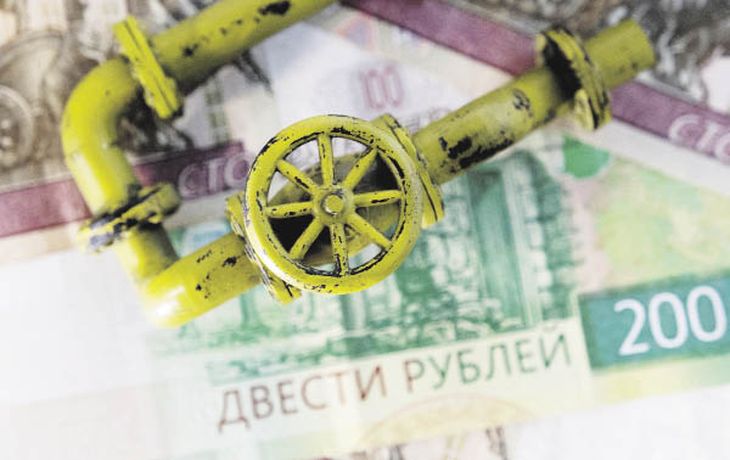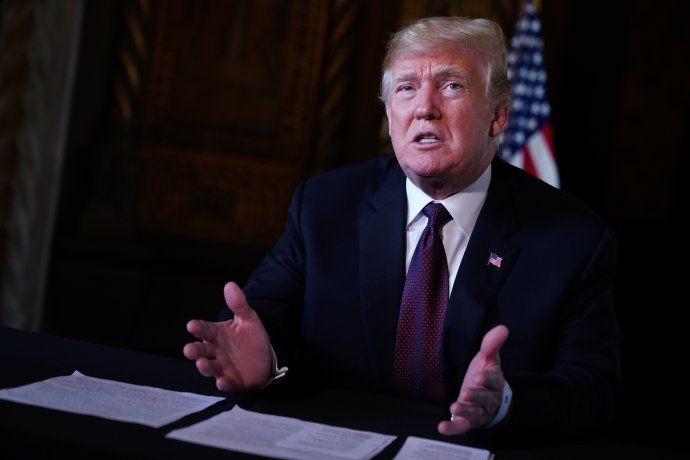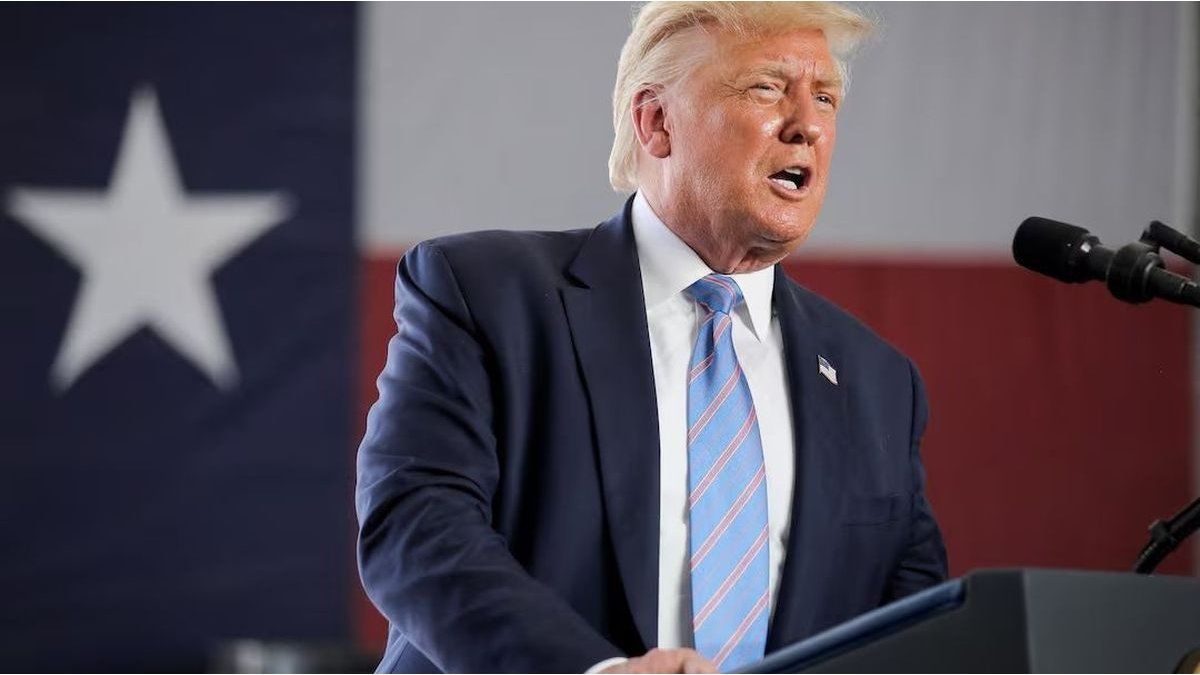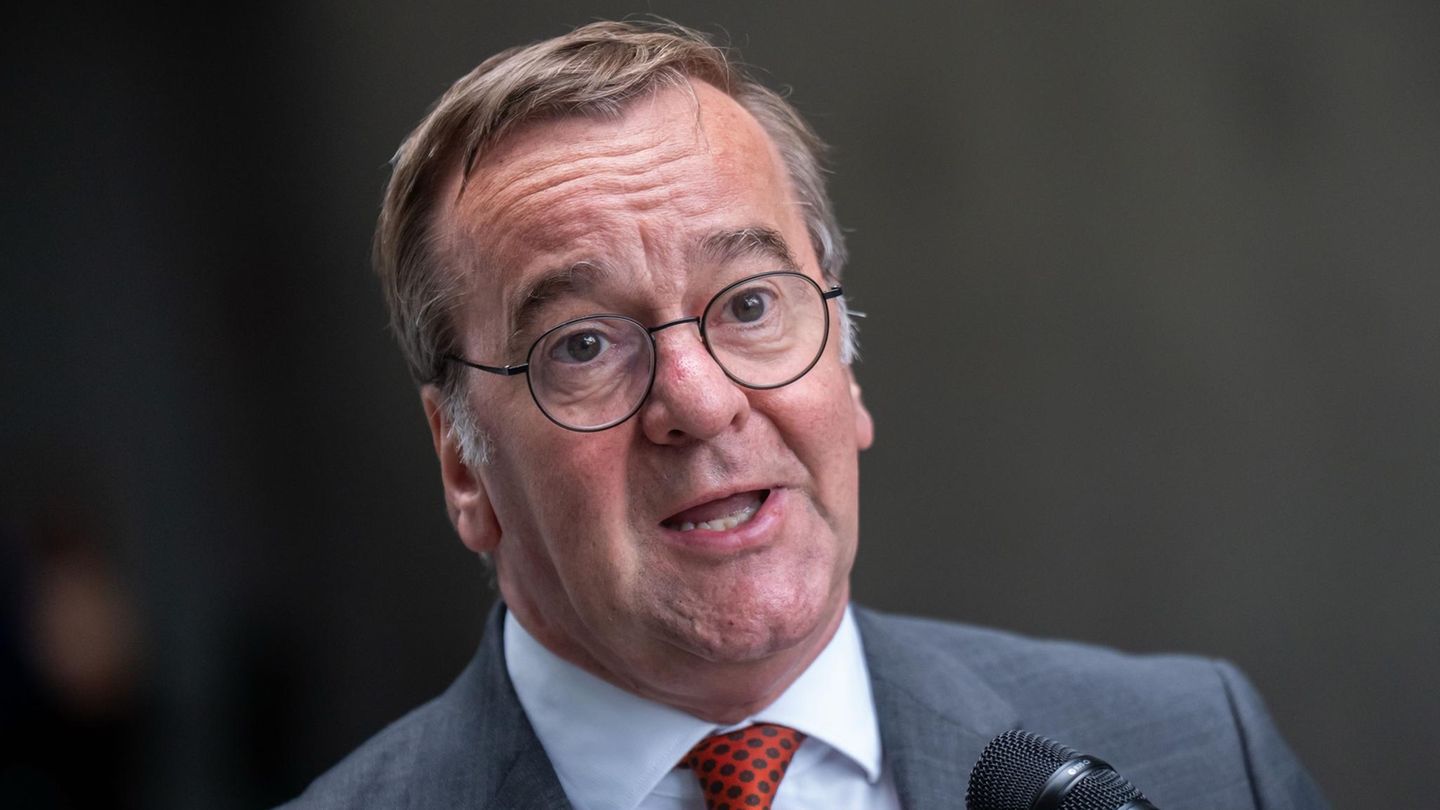What can happen to the price of oil?
The main objective of Trump’s program is for the United States to have the cheapest energy on the planet, according to Cinco Días. And for this it proposes, among other things, “release the enormous reserves of liquid gold on public lands in the United States.”
In this context, it was learned that Citibank energy analysts announced a sharp drop in the barrel of oil. “Trump’s second term is likely to keep prices under pressure in 2025. Our average brent price forecast is $60 a barrel”they argued in a recent report.
US oil oil companies
A barrel of oil at $60 would represent a 20% drop from current prices, but for several reasons: in principle it is assumed a effect of tariffs from the Republicans, but also to a possible increase in OPEC+ supply and advantageous tax improvements for the industry, with more lax environmental regulations.
One of the examples in the turn of US oil policy that is watered down in the future can be found in Donald Trump’s government program, where he accuses his predecessor, Joe Biden, of stopping drilling contracts in the National Wildlife Refuge. of the Arctic (ANWR) Alaskaone of the largest oil fields in the United States, where the Spanish company Repsol has interests, which in 2017 claimed to have made the largest oil discovery in the last 30 years on American soil.
What can happen to the price of gas?
The consultant Aurora Energy Research published a new analysis that quantifies the possible impact of the US elections on global gas markets. According to Aurora, the new Republican administration adds uncertainty to energy markets, which could see gas prices decline in the coming years. However, That effect may take longer than expected.
“While Trump’s election adds uncertainty to global gas markets, Its support for traditional fossil fuels is unlikely to have a significant impact on long-term trends, which are largely driven by rapid growth in energy demand in developing countries and decarbonization in advanced economies,” he said. Jacob Mandelraw materials researcher at the firm Aurora Energy Research.
One of Trump’s measures that could impact gas prices is that he decided to accelerate the expansion of Liquefied Natural Gas (LNG) export capacity. with faster LNG terminal approvalswhich would cause a “liberalization” of American energy, lifting the brake on Joe Bidenwhich could increase LNG exports up to 15% by 2030.
image.png

The consultant estimated that the European gas benchmark TTF could decline by up to 9% compared to the central Aurora scenario if this occurs, while Asian gas prices could also fall by up to 6%. To meet this demand for additional exports, US gas production is projected to grow 4% by 2030according to Aurora.
However, international LNG exports could decline due to lower demand from China if Trump also introduces his proposed universal tariffs.
What can happen to gas prices in Europe and Asia?
In parallel, Aurora also published another report that revealed an increase in Gas prices in Europe and Northeast Asia, up approximately 20% in recent monthsmainly due to growing Asian demand and limited growth in supply. This price increase is mainly attributed to a increased demand for LNG imports in Asia (non-China), which is compounded by uncertainty surrounding Russian gas transit through Ukraine from 2025.
European gas futures for 2024 have risen 12% since July, which has led to an average 1% increase in the Aurora forecast through 2030as the continent becomes even more dependent on American imports. This update reflects immediate concerns about supply, as Ukraine’s gas transit agreement with Gazprom is close to expiring at the end of this year. Aurora estimated that Donald Trump’s government would not affect the expiration of the transit agreement.
INTER-UKRAINE-CRISIS-E_opt.jpeg

QUID PRO QUO. Russian gas only in exchange for rubles is the slogan that Vladimir Putin seeks to impose on Europe. Only in this way could Moscow make payments for the shipment of the input given the block of hard currencies imposed by Western sanctions.
“It is uncertain but unlikely that gas transit to Europe through Ukraine will continue. To achieve this, significant intervention by the leaders of the EU, Ukraine and Russia would be necessary, and negotiations may not reach a conclusion.” an agreement before it expires at the end of the year, before Trump even takes office. That said, signals sent in the coming months could still influence the negotiations, as we have seen in the past, with the current agreement barely signed. one day before the expiration of the previous agreement,” he said Arturo Regaladosenior analyst for European gas at Aurora Energy Research.
What will happen to LNG supply in the short and long term
In the short term, the export capacity of USA and Qatar will provide a stabilizing effect on global supply, cushioning the volatility of recent years caused by short-term supply disruptions such as shutdowns at LNG terminals in Australia, production disruptions in Norway and fluctuations in inventories.
In the late 2020s, an increase in LNG supplies from the US and Qatar is expected to gradually reduce prices. By 2030, Aurora forecasts a 7% reduction in European gas prices, placing it at US$30.7 per megawatt hour (about 29 euros), as demand in China and Europe it slows down.
In the long term, Aurora’s analysis highlighted that a combination of strategic competition in LNG and production trends will shape price behavior beyond 2030.
An increase in demand in Asia, driven mainly by emerging economies, will likely drive strong competition for imported LNGregardless of whether it comes from the US or not, raising energy costs for Europe and other importers, while aging gas fields and insufficient investment in countries such as Norway and the United Kingdom point to a sharp decline in production in the long term . That is the opportunity that Argentina must take advantage of with its three LNG projects: the one led by YPF, the one by PAE with Golar and Tecpetrol.
A radical change in economic and climate policies
The re-election of donald trump could trigger major changes in the global economy, with significant implications for the oil industry. According to a report by Wood Mackenziethe imposition of new tariffs by the Trump administration could slow economic growth in the United States and the world, reducing global oil demand by up to 500,000 barrels per day (bpd) in 2025.
Simon Flowers chief analyst at WoodMac, noted that the Trump’s return to the White House would mark a radical shift on key issues such as tariffs, climate policy and international relations. While a Republican government is expected to support an increase in fossil fuel production and back away from zero-carbon commitments, the tariffs could lead to additional costs for oil and gas companies.
protagonist. The evolution of oil in recent months is strongly linked to Trump’s decisions.

protagonist. The evolution of oil in recent months is strongly linked to Trump’s decisions.
This potential impact represents a third of the expected growth in global oil demand by 2025, according to WoodMac. Flowers indicated that this reduction in demand could lead to a decrease in oil prices. oil from between 5 and 7 dollars per barrel to US$67, assuming no other geopolitical risks arise, such as increased tensions between Israel and Iran.
Refineries in the United States, the possible beneficiaries
Despite the possible drop in global oil demandUS refiners could benefit from greater tariff protection. According to Flowers, “Tariff protection could allow US refiners to outperform their international competitors.”
However, The picture could change dramatically if Israel attacks Iran’s nuclear and oil infrastructure. In such a scenario, oil prices could rise sharply until available production capacities, which currently hover around 6 million bpd, are activated.
Oil production in the United States under Donald Trump
Despite Trump’s support for expanding oil and gas production in the United States, WoodMac anticipates this will not drive immediate growth. “For large exploration and production (E&P) companies, which control half of the equipment in the Lower 48 region, investment decisions will continue to be dictated by return on capital frameworks,” Flowers explained.
Additionally, tariffs could expose the industry to further cost inflation. While the Trump administration is expected to ease emissions regulations, many companies have already implemented voluntary measures to reduce their scope 1 and 2 emissions.
On the other hand, Streamlining permitting processes could encourage more drilling on federal lands. Flowers also highlighted that a capital-friendly environment could improve conditions for new investments in the industry.
What if oil prices rise? The role of OPEC
Goldman Sachs, In a recent report, it projected that a disruption of 2 million barrels of oil per day in Iranian supplies could temporarily push the price of Brent to the lows. 90 dollars per barrelif the Organization of the Petroleum Exporting Countries (OPEC) quickly compensates for the shortage. Without OPEC intervention, prices could exceed $95.
“Much of the world’s additional production capacity is concentrated in the Middle East,” said Daan Struyven, of Goldman Sachs. This raises two key questions: Will the region’s producers be able to bring that oil to market, and will they be willing to do so?
Source: Ambito
David William is a talented author who has made a name for himself in the world of writing. He is a professional author who writes on a wide range of topics, from general interest to opinion news. David is currently working as a writer at 24 hours worlds where he brings his unique perspective and in-depth research to his articles, making them both informative and engaging.




